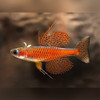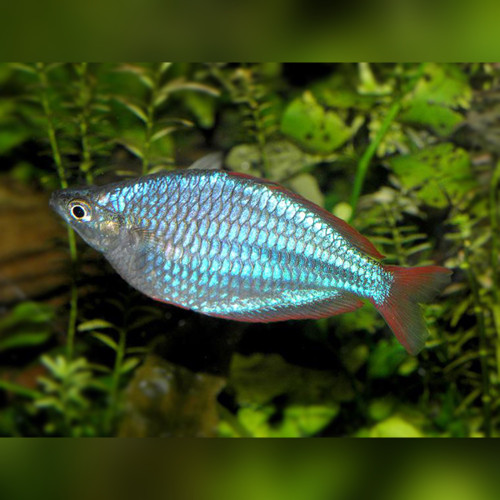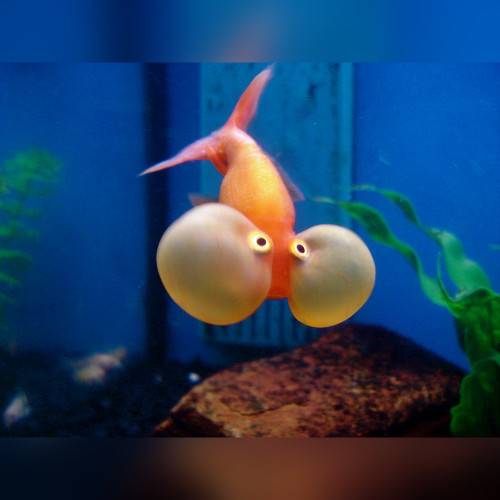SKU:
106
Our Guide To Keeping Red Neon Blue Eye Rainbowfish
-
About Fish Species:
- Scientific name: Pseudomugil luminatus
- Common name: Red Neon Blue Eye Rainbowfish
- Family: Melanotaeniidae
- Origin: Australia
- Adult length: 5 cm
- Lifespan: 3 to 5 years
-
Tank Setup:
- Red Neon Blue Eye Rainbowfish prefer a tank with plenty of swimming space and areas for hiding. A minimum tank size of 50L is recommended for a small group.
- Provide plants and decorations to create hiding spots and simulate their natural habitat. They appreciate a well-planted tank with driftwood and rocks.
-
Water Parameters:
- Red Neon Blue Eye Rainbowfish thrive in slightly acidic to neutral water conditions with a pH range of 6.5 to 7.5.
- Keep the water temperature between 22 to 26°C (72 to 79°F).
-
Filtration and Water Flow:
- A moderate water flow is suitable for these fish, so choose a filter that provides gentle to moderate flow.
-
Diet:
- Red Neon Blue Eye Rainbowfish are omnivores and will accept a variety of foods. Offer them a balanced diet consisting of high-quality flake or pellet food as a staple.
- Supplement their diet with live or frozen foods like bloodworms, brine shrimp, and daphnia to provide essential nutrients and mimic their natural diet.
-
Tank mates:
- Red Neon Blue Eye Rainbowfish are peaceful schooling fish and should be kept in groups of at least six individuals to prevent stress and encourage their natural behaviors.
- They are compatible with other peaceful community fish such as other rainbowfish, tetras, rasboras, and small catfish species.
-
Behavior and Compatibility:
- Red Neon Blue Eye Rainbowfish are active swimmers and display schooling behavior, so they feel more secure and exhibit their best colors when kept in a group.
- Avoid keeping them with aggressive or fin-nipping fish species that may intimidate or harass them.










